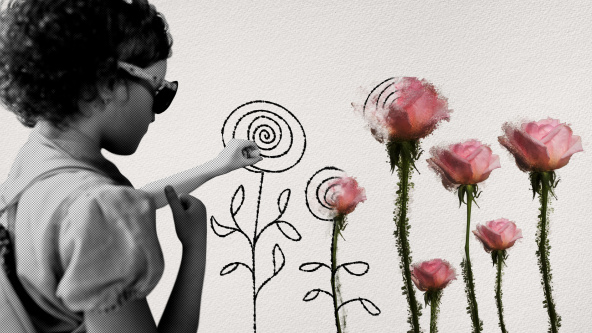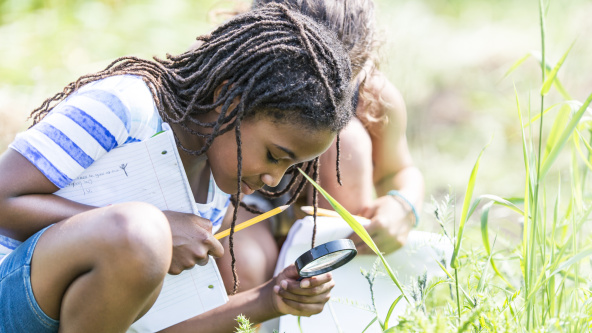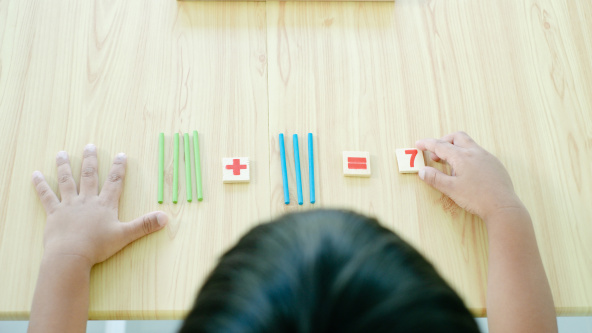Steiner-Waldorf schools in the UK

What are Steiner Waldorf Schools?
The Steiner Waldorf philosophy is that children should enjoy learning for its own sake, not merely to pass exams. The ethos also stands out for giving equal attention to children’s physical, emotional, intellectual, cultural and spiritual needs.
First founded in 1919 by philosopher and scientist Dr Rudolf Steiner, these schools are organised around Steiner’s theories on the different stages of child development. There are some 20 independent schools in the UK, and one state school (Steiner Academy Hereford – there were more, but they’ve closed down following poor Ofsted ratings). Early years concentrate on play and hands-on activities, with formal learning reserved for the 7+ brigade. No computers or other technology before adolescence. NB Make sure you are clued up on the Steiner philosophy before signing up - the representative body for Steiner Waldorf education in the UK is Waldorf UK.
What can you expect from a Steiner Waldorf school?
An emphasis on creativity, with plenty of painting, music and movement, drama, knitting and gardening. Balance between practical and academic disciplines is the aim. Everyone learns woodwork as well as to knit and sew, moving perhaps from a case for their flute to their own shirt. Every day includes eurhythmy, a form of movement similar to tai chi. Key subjects are taught in main lessons: a two-hour slot each morning looking at the same topic over three or four weeks, with cross-pollination between subjects. No exams till mock GCSEs. There have been criticisms eg of the mystical nature of anthroposophy and the incorporation of Steiner’s esoteric ideas.
Staffing in Steiner Waldorf Schools
No headteacher but a College of Teachers, with a chair appointed annually to avoid a hierarchy. Parents can find the lack of direct accountability frustrating, especially when faced with staff changes and/or the management of high-spirited children. A variety of teacher training routes, mostly part time and many on-the-job. Financial management can be less slick than at mainstream independents.
All the latest advice from our education experts, straight to your inbox.
Featured in: Alternative education
Tags: Choosing a School



